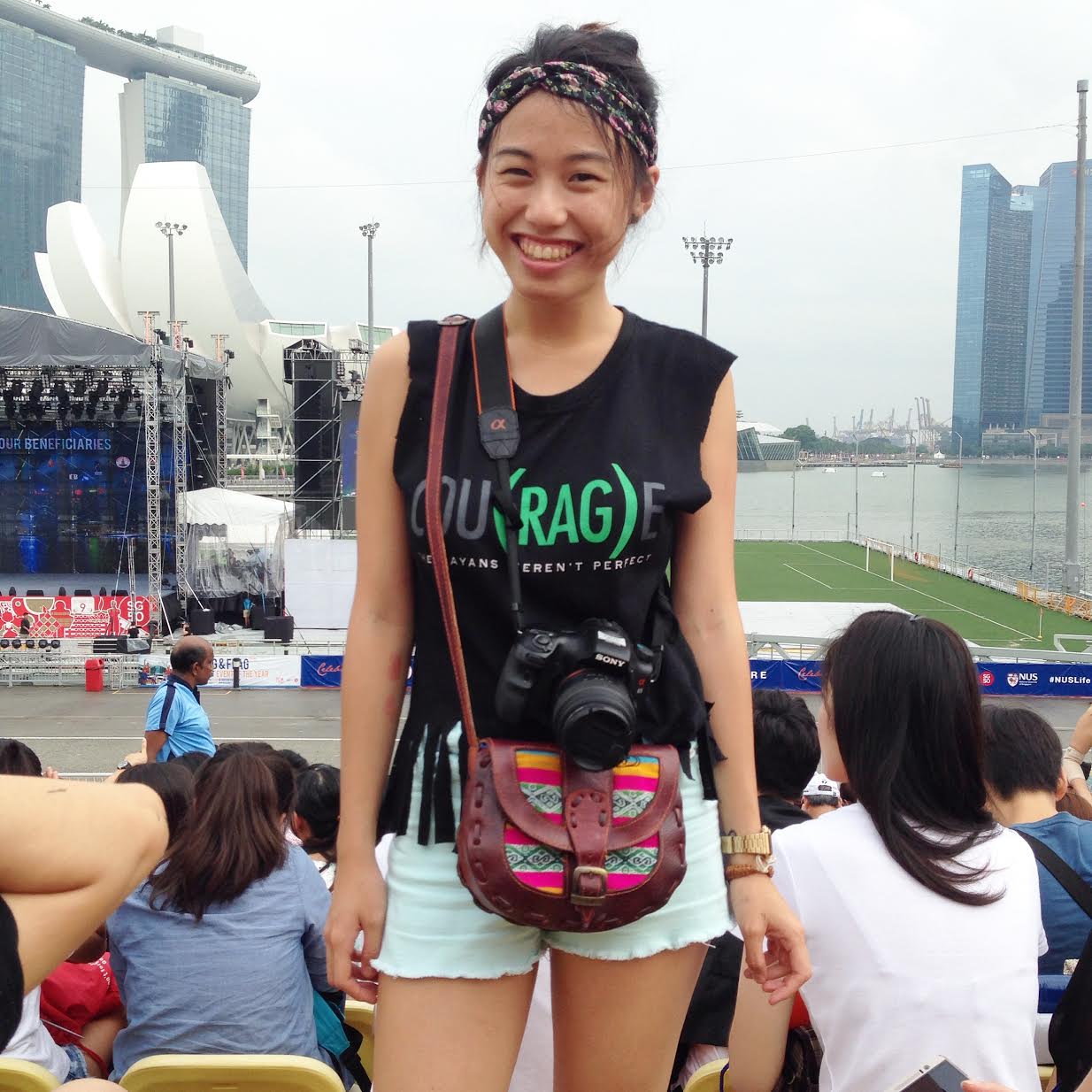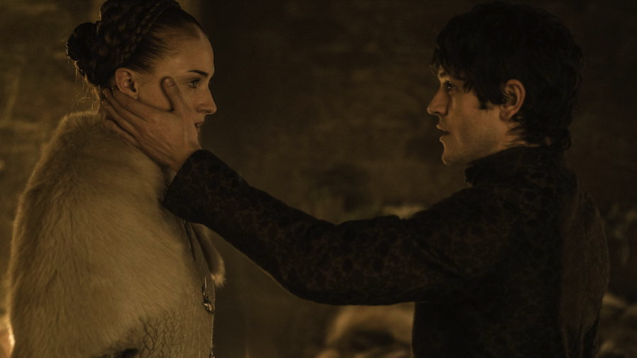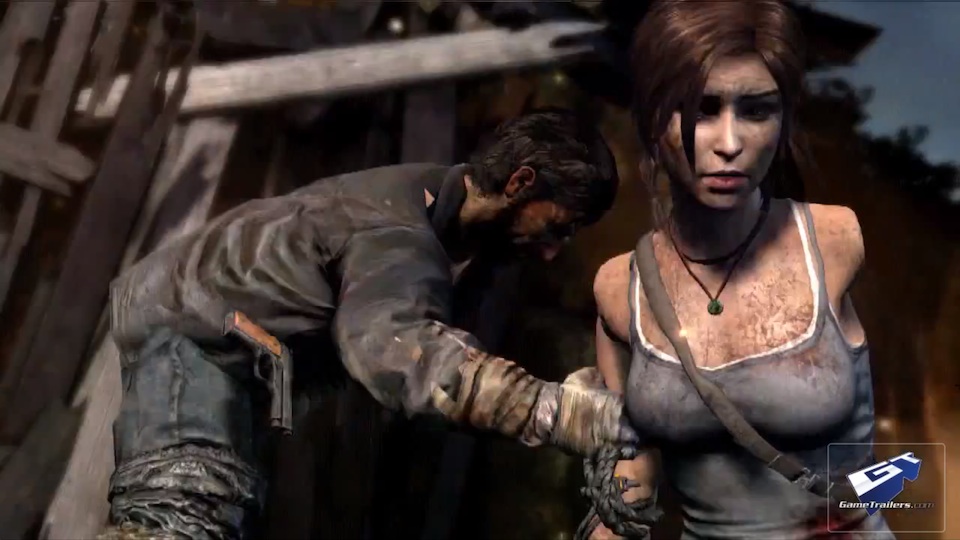By: Clare-Marie Koh
Growing up, I have always enjoyed watching animated films. Their catchy soundtracks, enchanting plots, and heartwarming characters were all appealing to the bright-eyed, bushy-tailed consumer. It is no wonder that both children and adults alike, are drawn to these films which frequently deliver the message that good always defeats evil.
However, where there is praise, there is criticism lurking in the corner. Every image portrays a message, and these messages are neither transparent nor neutral. These visual images and verbal texts are projected onto us, leading us to categorise them as good or bad, right or wrong. Most of these messages we internalise happen at the subconscious level, and call on our feelings, fears, desires, and loyalties – emotions that we do not really take the time to question.
This interaction between consumers and texts is not a one-way street; messages that the media convey do not exist in a vacuum and are not hermetic. Societal culture, too, influences the signs and symbols that appear in visual cues, where the personalities of animated characters reflect the norms and beliefs that reside in contemporary society. As a result, the representation of animated characters either reaffirms certain beliefs and norms that currently exist, and/or influence the way we perceive the world around us, including the way we see ourselves and beauty.
There is plenty of literature that explores the relationship between the visual personalities of animated protagonists and perceptions of body image. However, in my mind, visual personalities of the antagonists have a larger influence on our perceptions because it is easier to internalise what not to be rather than what to be.

Antagonists from animated films often embody visual cues that are visibly different compared to the other characters. Their morphed bodily features mark them as isolated from the rest of the cast. These visual cues are subtle yet impactful in making the distinction between good and bad. Hence, viewers tend to associate bad personalities with the physical attributes that villains embody, and eventually internalise these physical traits as undesirable. This is most prominent in the visual representations of antagonists from animated films because creators have the freedom to come up with the worst possible aesthetic that matches the villain’s evil personality, thereby reaffirming our ideas of undesirable traits.
Of all the evil villains in animated films, there is none that embodies the typical idea of a villain more than Ursula from The Little Mermaid. The half-human, half octopus evil sea witch from the animated film embodies everything that is not socially acceptable in terms of one’s body image – purple and blobby.

Ursula’s most noticeable feature is her skin colour. Unlike the rest of the characters who have the likeness of Caucasian skin tones, Ursala is abnormally purple. This immediately sets her apart from the other characters, helping viewers identify the villain very quickly. The difference in skin tone highlights the strangeness and exoticness of skin tones that differ from societal norms. This sets the stage for labelling Caucasian skin tones as good and attractive and others as bad and unattractive, thereby feeding into the idea that certain people with conventional skin tones are viewed as good and conventionally attractive while others are shunned from the communities they live in.
This use of skin colour as a distinction between good and evil is not solely limited to the tentacle-legged villain. Villains such as Cruella De Vil from The Hundred and One Dalmations and Yzma in The Emperor’s New Groove, among many others, are coloured in with non-humanistic hues that are distinctly different from their protagonist counterparts. It is for this reason that even though these protagonists have recognisably humanistic features, they are put in a position that delivers the message that some skin tones are kinder, more attractive and thus superior than others, reaffirming classical ideologies of race and human worth.

Another mechanism that is often used in differentiating antagonists in animated films is the size of their bodies. While abnormal skin colour alludes to idea of racial inferiority, the grotesque and manipulated figure implies that there exist certain body shapes that are not ideal in contemporary society. In fact, villains are often either overweight like Ursula or rail thin like Cruella. These extreme body figures are often given personalities that are viewed as unacceptable, undesirable, unhealthy and troubled.
Cruella, the fur-hunting, dog-kidnapping nutjob, is the size of half a chopstick and is portrayed as evidently troubled. Other villains that share the likes of beanpoles include but are not limited to Yzma from The Emperor’s New Groove and Maleficent from Sleeping Beauty. Pudginess is the other extreme that makes villains easily identifiable, as seen in Ursula who is so fleshy to the point that her character is amorphous. The half-octopus evil sea witch has fat folds spilling out of her bustier and tentacles for legs, which seem to move around in a disorderly manner. This sets her apart from the other streamlined, sleek and slender characters, which isolates her from the society she exists in.

According to a study that analysed animated films for 9 decades, characters that are given goth and bully roles are more likely to be portrayed as having body figures that do not belong to the lean and slender ideal. Overweight characters were also more likely to be characterised as less smart and less competent. These visual cues not only reaffirm certain ideas of what an ideal body shape should look like, but also bring across the image of a non-ideal body type. Both bony and overstuffed figures are deemed undesired, thereby fostering unhealthy body policing practices such as fat shaming.
Villains are also often illustrated as older women with white or greying hair, as seen in Cruella and Ursula. Wrinkles are also another physical trait that are given to villains such as the old evil witch in Snow White and Yzma. While there have been positive representations of the elderly, these representations seem to solely pertain to characters who are not villains. King Triton, for instance, is an elderly but is depicted as conventionally attractive despite his white hair. The image of King Triton’s fit body points at the favourability towards youthfulness and the maintenance of one’s body through leading an active lifestyle. Hence, this reinforces the notion that fit and young is good but wrinkly and old is bad. It is no wonder that women growing old seems like a “moral disease,” as if growing old is the same as catching the flu rather than a natural process, compared to men, as Susan Sontag pointed out in The Double Standard of Aging.

Animated films may be seen as harmless entertainment, but it is important to reiterate that images are neither transparent nor neutral because of how culture is constantly shaped and reshaped by its characters and cultural context. In decoding the visual elements of antagonists in animated films, it is evident that the portrayal of cultural beauty norms is linked with characteristics of evil. Whether these visual elements are influenced by culture or vice versa, it is important that designers and producers start questioning their shared responsibility in how they influence the way society views itself and its people.
About the Author: Clare is a conflicted media enthusiast. She enjoys food, yoga and art (in that order). Her skills include biting off more than she can chew, making tea and falling asleep within 90 seconds (not in that order).









 few Sundays ago, I watched the recently released Vacation. The movie is about a family in the U.S. who, in an attempt to revitalise their annual family summer vacation, decide to go on a road trip to the father’s childhood vacation spot, the fictional amusement park ‘Wally World’.
few Sundays ago, I watched the recently released Vacation. The movie is about a family in the U.S. who, in an attempt to revitalise their annual family summer vacation, decide to go on a road trip to the father’s childhood vacation spot, the fictional amusement park ‘Wally World’.


 Why is such a forum allowed to exist? A forum where women are nothing but sexual objects to satisfy the fetishes of the users. A forum where women are trophies and prizes in the eyes of those users.
Why is such a forum allowed to exist? A forum where women are nothing but sexual objects to satisfy the fetishes of the users. A forum where women are trophies and prizes in the eyes of those users.



 Huang Yuzhu, played by Joanne Peh, is a young girl born into an affluent family. She is kind, helpful, bubbly, and generally a pretty nice person.
Huang Yuzhu, played by Joanne Peh, is a young girl born into an affluent family. She is kind, helpful, bubbly, and generally a pretty nice person. Clearly, local media has developed the very, very problematic habit of using rape as an easy and convenient plot device. And even more clearly, this has to stop.
Clearly, local media has developed the very, very problematic habit of using rape as an easy and convenient plot device. And even more clearly, this has to stop.

 As I got older, the gaming world grew as well. I started playing a few MMORPGs. In these games, I noticed that female characters always have great clothes, really big busts and just look really pretty. I remember spending a lot of time customising my character. Before I knew it, I started wishing that I could look like them. I even started altering my appearance, and buying accessories that looks like the character’s. Looking back, it was the first time I actually took notice of my own appearance and started being self-conscious. It affected me slightly, as I fought to attain the unachievable beauty of my character, spending hours in front of my computer screen and visualising myself looking like my character.
As I got older, the gaming world grew as well. I started playing a few MMORPGs. In these games, I noticed that female characters always have great clothes, really big busts and just look really pretty. I remember spending a lot of time customising my character. Before I knew it, I started wishing that I could look like them. I even started altering my appearance, and buying accessories that looks like the character’s. Looking back, it was the first time I actually took notice of my own appearance and started being self-conscious. It affected me slightly, as I fought to attain the unachievable beauty of my character, spending hours in front of my computer screen and visualising myself looking like my character.
 Let’s first break down Arquette’s exact words to understand exactly why they were so controversial:
Let’s first break down Arquette’s exact words to understand exactly why they were so controversial: